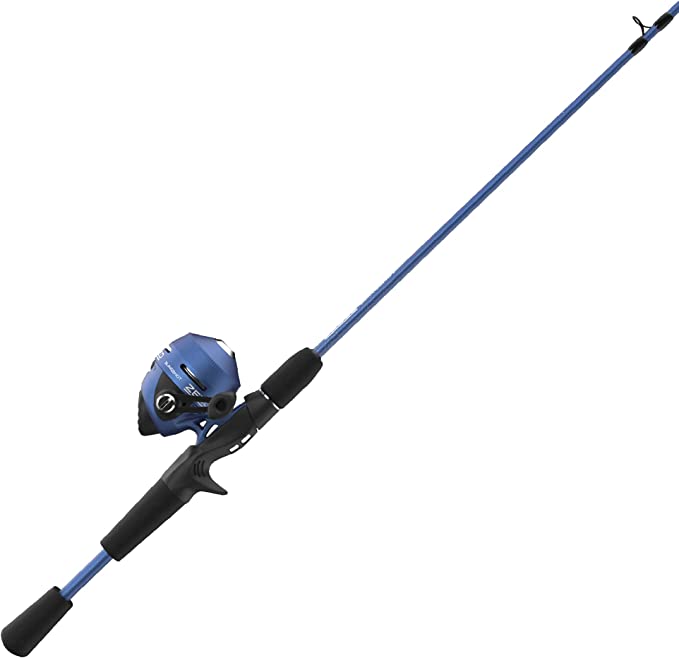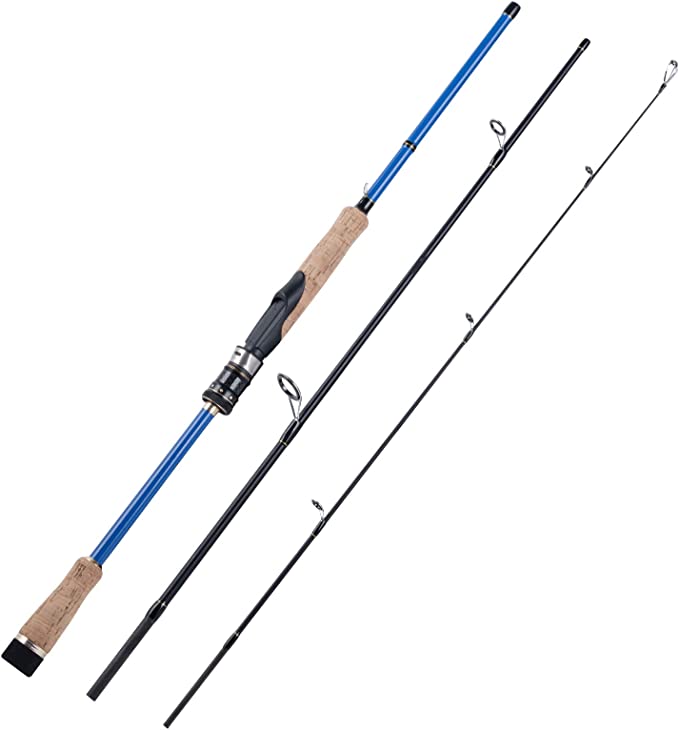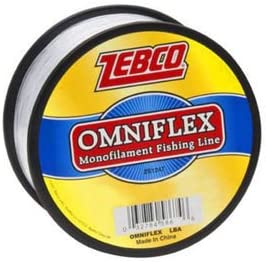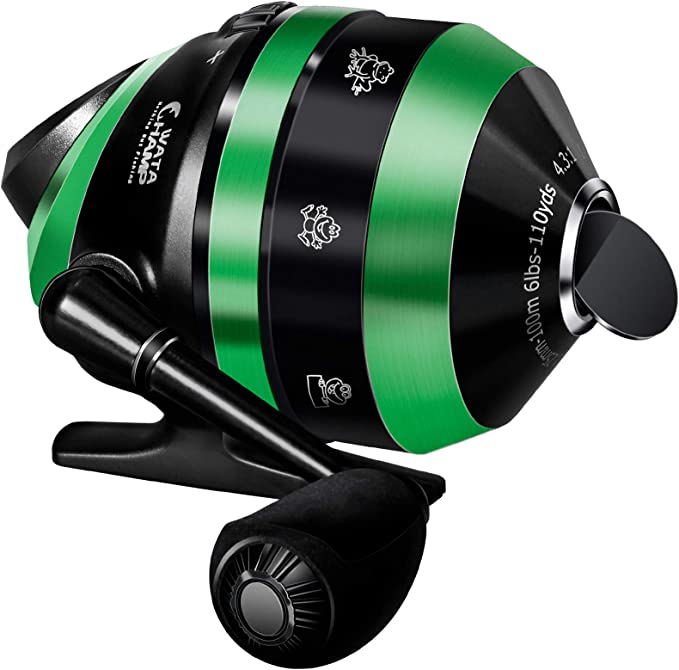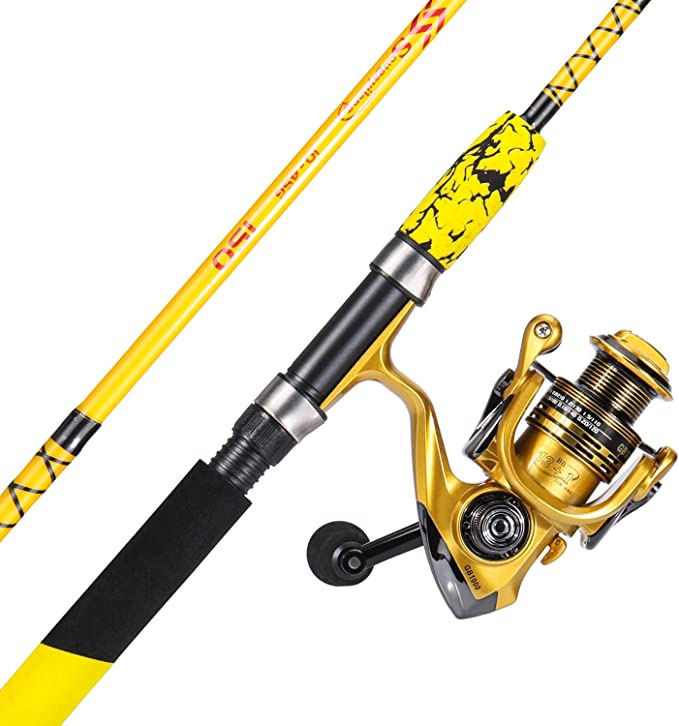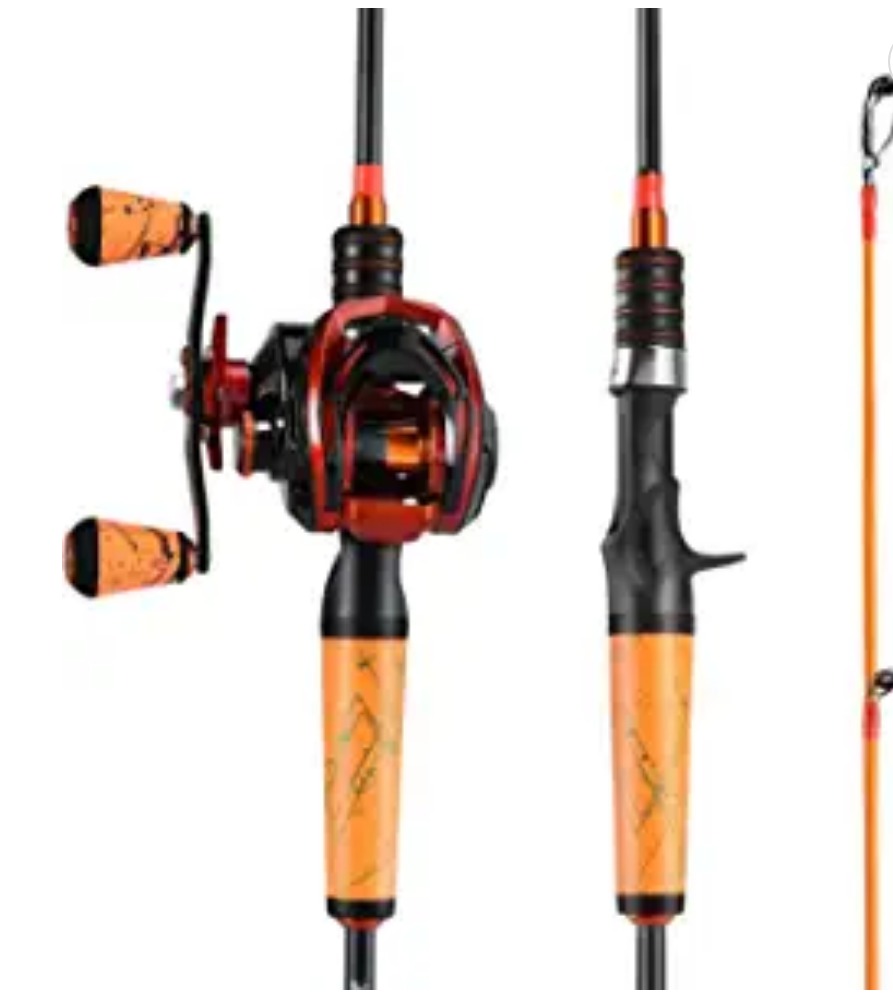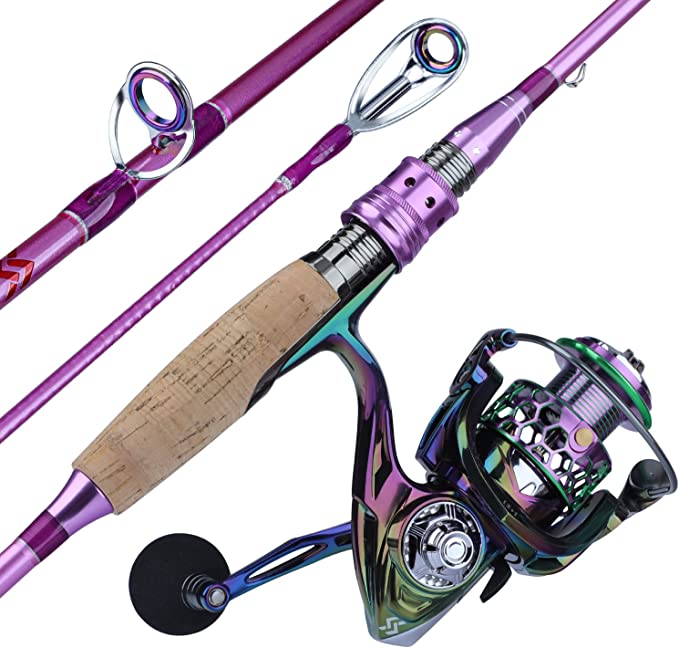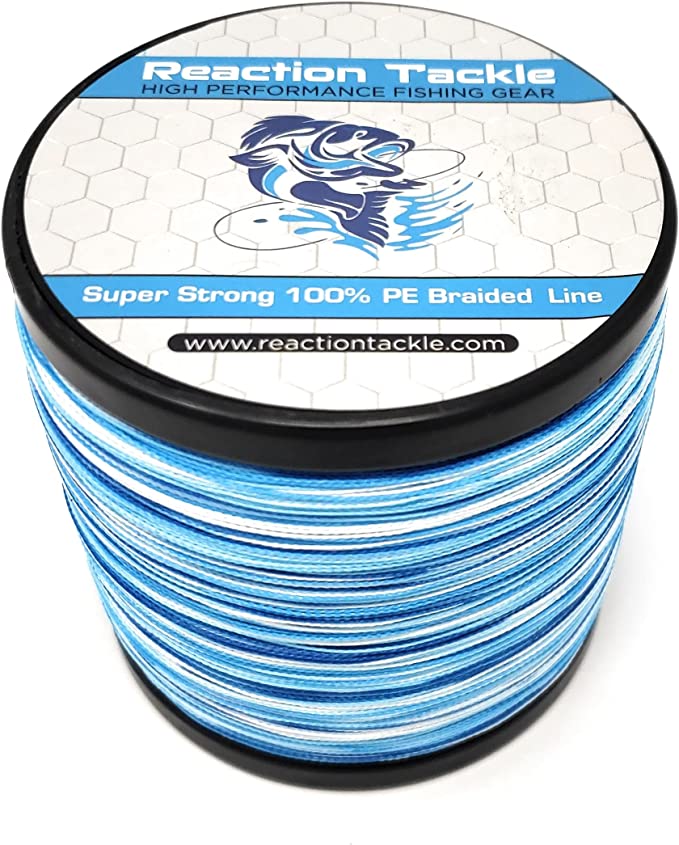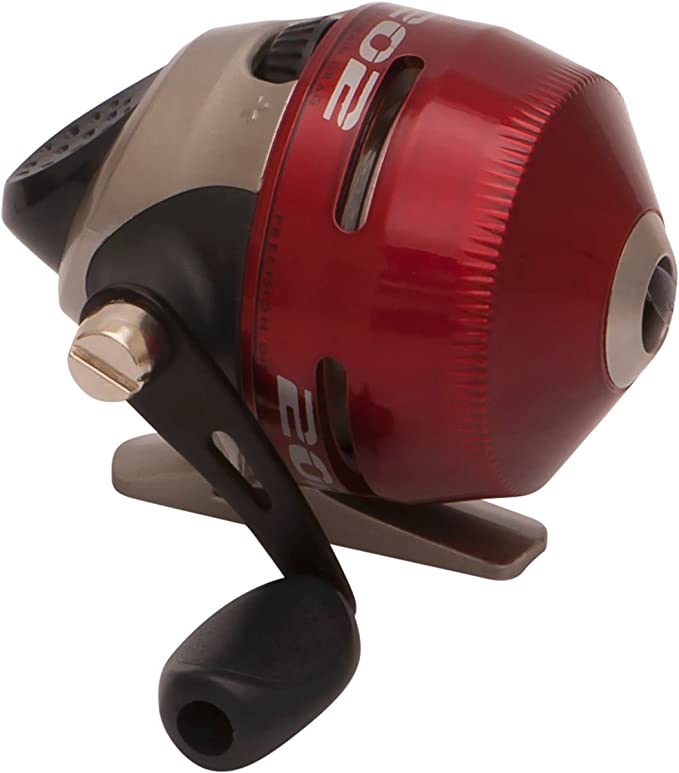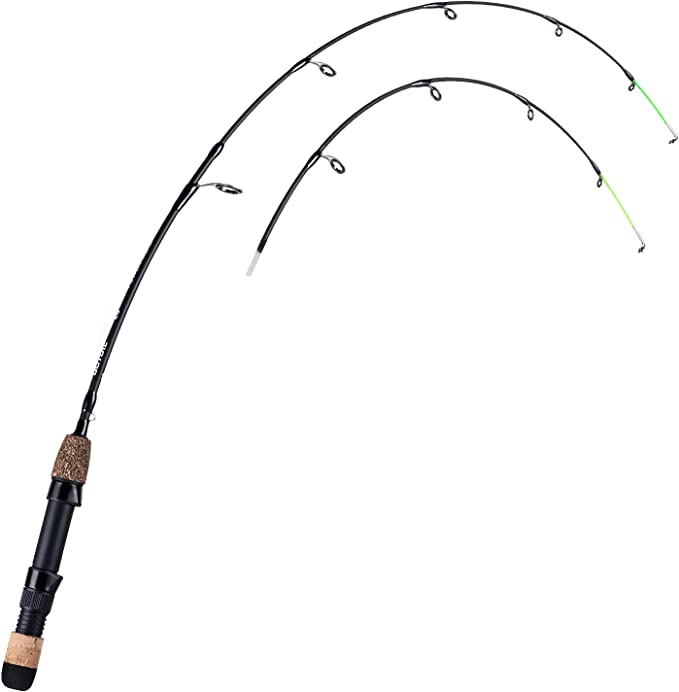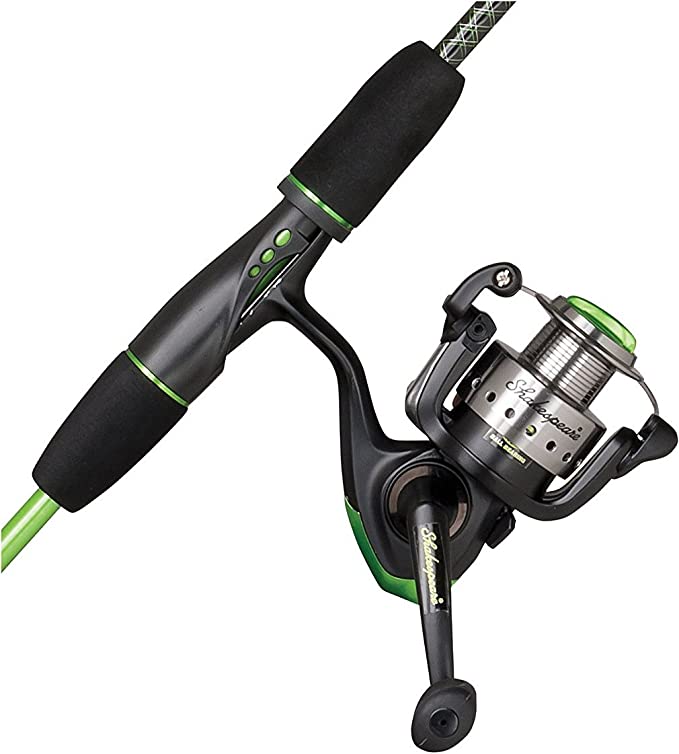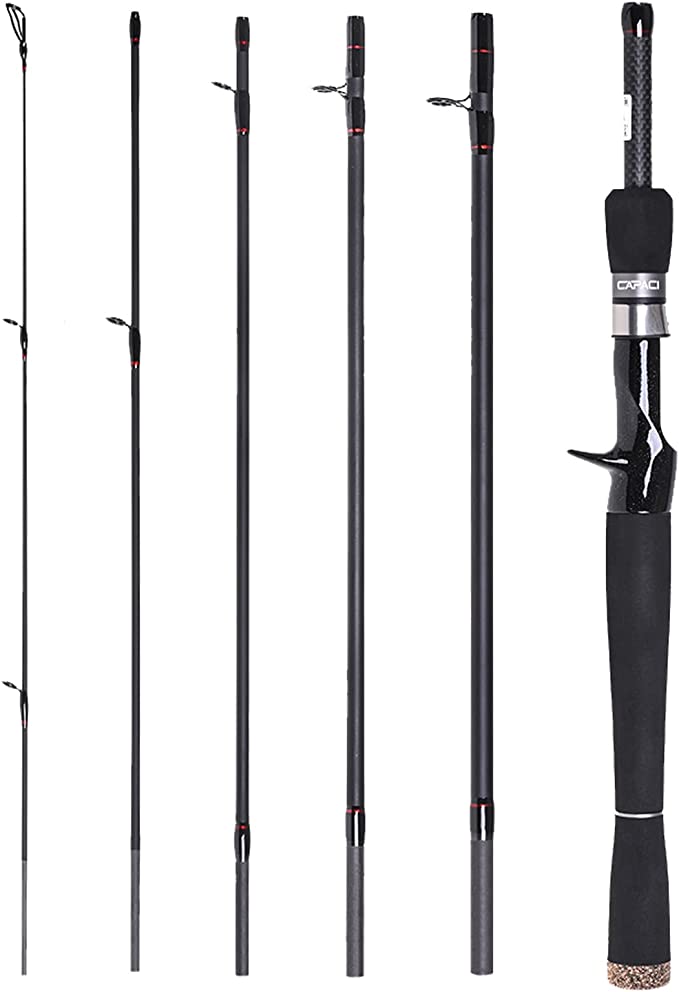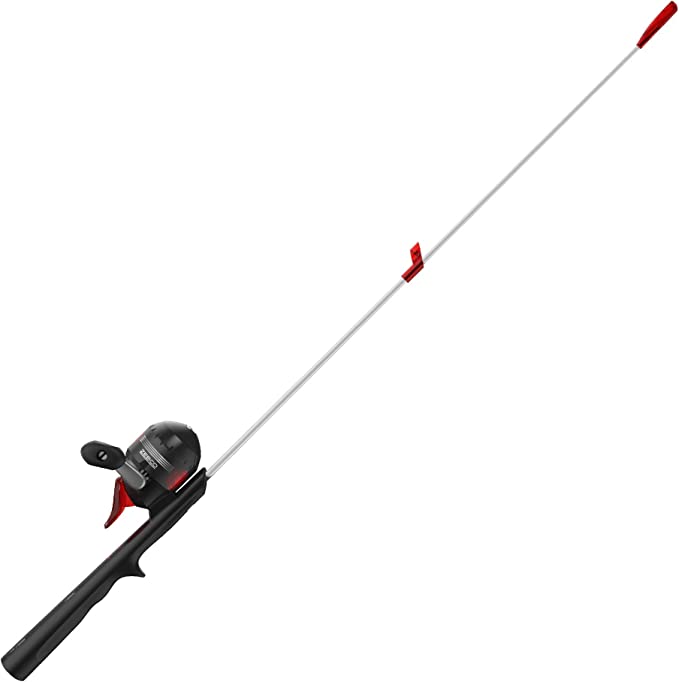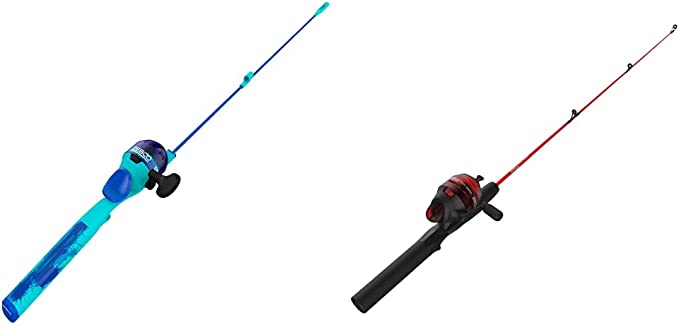From Horsehair to Polymers: The Unseen Science in Your Zebco Fishing Line
Update on Aug. 2, 2025, 7:26 a.m.
Picture an angler silhouetted against a dawn sky centuries ago. Their rod is a simple length of hazelwood, and the line, painstakingly braided from the tail of a horse, is a thick, opaque thread connecting them to the unseen world beneath the water’s surface. The challenge then is the same as it is now: to create a connection that is strong enough to hold, yet subtle enough to deceive. This timeless pursuit, this delicate balance of strength and stealth, is embodied today in a piece of gear so common it’s often overlooked: the simple spool of monofilament fishing line.
Let’s consider a ubiquitous example found in countless tackle boxes across North America: the Zebco 6lb Test Omniflex Monofilament. It’s inexpensive, unassuming, and for many, their very first fishing line. But to dismiss it as just a “cheap line” is to miss a fascinating story—a story of chemical revolution, elegant physics, and the accumulated wisdom of generations. This humble spool is not merely a product; it is a direct descendant of a 20th-century miracle, and to understand it is to understand the very essence of modern angling. Let’s unravel the unseen thread.
The Nylon Revolution: A Thread Strong as Steel
Before the mid-20th century, the finest fishing lines were crafted from Japanese silk. They were strong for their time but prone to rot and required meticulous care. The world, teetering on the brink of global conflict, was about to change, and with it, the contents of every angler’s tackle box. The revolution began not on a riverbank, but in a corporate laboratory at DuPont.
In 1935, a brilliant but troubled chemist named Wallace Carothers and his team were researching polymers. They created a new synthetic fiber, Polyamide 6,6, which could be drawn into a filament that was, astonishingly, as strong as steel yet finer than a spider’s web. It was christened Nylon. Initially hailed as a “miracle fiber” destined for ladies’ stockings, its destiny was rerouted by World War II, where it became a critical component in everything from parachutes to tire cords.
When the war ended, this versatile material flooded the civilian market. For anglers, it was transformative. Nylon monofilament was waterproof, resistant to rot, and could be mass-produced with incredible consistency. The age of horsehair and silk was over. The clear, supple line from a spool of Zebco Omniflex is the direct, democratic legacy of that pivotal moment in chemical history.
Anatomy of a Modern Monofilament
When we look at the specifications on that Zebco spool, we are not just reading numbers; we are interpreting the results of precise engineering decisions.
The term Monofilament itself describes its structure: a single (mono) strand created through a process called extrusion, where molten nylon polymer is forced through a tiny die to form one continuous, uniform filament. This process gives the line its characteristic smoothness and consistency.
The two most critical numbers are $6\,\text{lb Test} and $0.009'' \text{Diameter}. These are not arbitrary figures but points on a spectrum of trade-offs. The $6,\text{lb}$ Test rating refers to its breaking strength—the amount of dead weight the line can support before it snaps. It is a standardized measure of tensile strength. This, however, is not the same as its fighting strength. This distinction is the key to understanding how a user could report landing a feisty $10\,\text{lb} channel catfish on this very line. It wasn’t magic; it was physics.
The line’s $0.009$-inch Diameter is a deliberate choice in the eternal compromise between stealth and durability. A thinner line cuts through the water and air with less resistance, enabling longer casts and allowing a lure to move more naturally. It is also less visible to fish. The trade-off is that it has less surface area and material mass, making it inherently less resistant to abrasion from rocks, logs, and sharp-toothed predators than a thicker line. The choice of diameter is always a strategic decision based on the target species and environment.
The Physics of the Fight: A Symphony of Forces
Landing a powerful fish is never the job of the line alone. It is the result of a finely tuned system working in concert, much like a car’s suspension smoothing out a bumpy road. The rod, the reel’s drag, and the line itself form a trinity of force management.
The primary role of the line in this system is to act as a shock absorber. Nylon’s molecular structure gives it a significant degree of stretch, a property scientifically quantified by its Young’s Modulus. When a fish makes a sudden, powerful run, the line elongates, absorbing the initial shock and preventing the instantaneous force that would otherwise cause it to snap. It’s a safety bungee, momentarily storing the fish’s kinetic energy as its own potential energy.
This is where the reel’s drag system comes into play. It is essentially a mechanical clutch composed of friction plates. By setting the drag correctly (typically to 25-30% of the line’s breaking strength), an angler allows the spool to release line before the tension reaches the critical breaking point of $6\,\text{lbs}. The drag converts the fish’s pulling energy into heat through friction, tiring it out over time. So, when that $10\,\text{lb} catfish was landed, the line likely never endured more than a few pounds of direct, sustained tension. The angler, the rod’s flex, the line’s stretch, and the reel’s drag were all performing a symphony of forces, a delicate dance of physics where the line was a critical but not solitary performer.
Of course, this system is only as strong as its weakest link, which is almost always the knot. A poorly tied knot can slice into the main line, reducing its breaking strength by 50% or more. The challenge of tying a reliable knot is as old as fishing itself, a modern echo of the mythical Gordian Knot, where failure means losing the prize.
The World Unseen: Light, Water,-and Deception
Finally, we come to the question of stealth. Why is the line “Clear”? The answer lies in the physics of light, specifically the principle of refraction governed by Snell’s Law. Every transparent material has a refractive index, a number that describes how much it bends light. Water has a refractive index of about 1.33. Nylon’s is around 1.52.
Because these numbers are different, light bends as it passes from the water to the line and back out, creating a slight distortion that makes the line visible. A “clear” line doesn’t become invisible; it simply relies on its lack of color to create the least possible visual disturbance. It is a compromise, not a cloak of invisibility. For the ultimate in stealth, anglers turn to fluorocarbon lines, which have a refractive index of about 1.42—much closer to water, and therefore, harder for fish to see.
But sight is not the only sense at play. Fish possess a lateral line system, a remarkable sensory organ that detects minute pressure changes and vibrations in the water. A taut monofilament line cutting through the current can create a “vibrational signature” that alerts fish long before they see it. This adds another layer to the science of stealth, where the line’s stiffness and diameter can be as important as its color.
More Than Just a Line
From its origins in the tail of a horse to its revolutionary rebirth in a DuPont laboratory, the fishing line has been the essential, unseen thread in our connection to the aquatic world. The next time you pick up a spool of Zebco Omniflex, or any monofilament for that matter, take a moment to appreciate the technology in your hands. It is a marvel of polymer chemistry, a tool engineered to master the laws of physics, and a direct link to a history of human ingenuity.
Ultimately, the true value of any piece of gear lies not in its price tag, but in our understanding of its capabilities and limitations. Knowing the science behind the stretch, the physics behind the fight, and the optics behind the deception transforms you from a mere user of tools into a knowledgeable practitioner of the art. That simple, clear thread is a culmination of it all—the only thing separating you from the mystery below. The knowledge with which you wield it makes all the difference.
